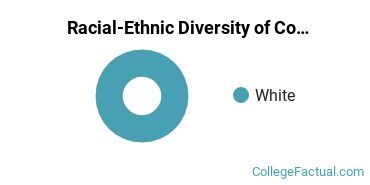 by our College Data Analytics Team
by our College Data Analytics TeamThe main focus area for this major is Environmental Studies. For more details on this concentration, visit its profile page.
Natural Resources Conservation is a major offered under the natural resources and conservation program of study at University of Massachusetts - Lowell. Here, you’ll find out more about the major master’s degree program in conservation, including such details as the number of graduates, diversity of students, and more.
You can jump to any section of this page using the links below:
In 2019-2020, the average part-time graduate tuition at UMass Lowell was $1,465 per credit hour for out-of-state students. The average for in-state students was $811 per credit hour. The average full-time tuition and fees for graduate students are shown in the table below.
| In State | Out of State | |
|---|---|---|
| Tuition | $14,590 | $26,370 |
| Fees | $620 | $620 |
UMass Lowell does not offer an online option for its conservation master’s degree program at this time. To see if the school offers distance learning options in other areas, visit the UMass Lowell Online Learning page.
Of the students who received their master’s degree in conservation in 2019-2020, 44.4% of them were women. This is less than the nationwide number of 61.2%.

Racial-ethnic minority graduates* made up 11.1% of the conservation master’s degrees at UMass Lowell in 2019-2020. This is lower than the nationwide number of 18%.

| Race/Ethnicity | Number of Students |
|---|---|
| Asian | 0 |
| Black or African American | 0 |
| Hispanic or Latino | 1 |
| Native American or Alaska Native | 0 |
| Native Hawaiian or Pacific Islander | 0 |
| White | 8 |
| International Students | 0 |
| Other Races/Ethnicities | 0 |
Natural Resources Conservation students may decide to major in one of the following focus areas.
| Focus Area | Annual Graduates |
|---|---|
| Environmental Studies | 9 |
*The racial-ethnic minorities count is calculated by taking the total number of students and subtracting white students, international students, and students whose race/ethnicity was unknown. This number is then divided by the total number of students at the school to obtain the racial-ethnic minorities percentage.
More about our data sources and methodologies.